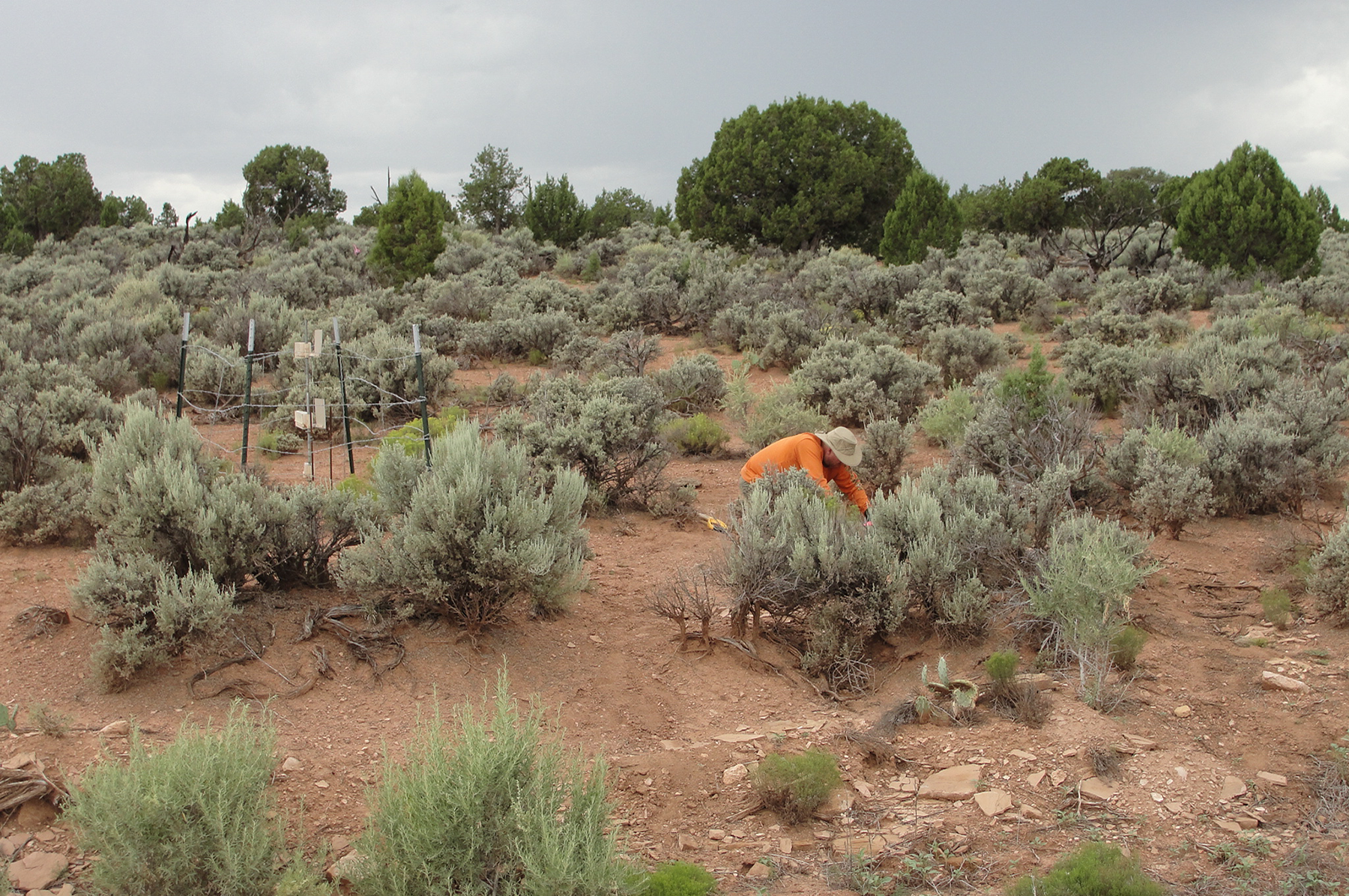Arizona 1 Mine Life Cycle
Arizona 1 represents conditions after mining, before reclamation.
Vegetation, terrestrial invertebrates, and small rodents were collected for chemical and radiological exposure characterization at
Findings
Completed
Task 5a: Compile/evaluate existing and newly collected monitoring data from various agencies/sources Task 5c: Collect/analyze samples from biota with focus on trust resources Task 7a: Conduct species surveys Task 17: Determine biological effects of uranium + trace element mixtures
1 Cleveland, D., Hinck, J.E., Lankton, J.S., 2021, Elemental and radionuclide exposures and uptakes by small rodents, invertebrates, and vegetation at active and post-production uranium mines in the Grand Canyon watershed: Chemosphere, vol. 263, https://doi.org/10.1016/j.chemosphere.2020.127908.
2 Hinck, J.E., Cleveland, D., Brumbaugh, W.G., Linder, G., and Lankton, J., 2017, Pre-mining trace element and radiation exposure to biota from a breccia pipe uranium mine in the Grand Canyon (Arizona, USA) watershed: Environmental Monitoring and Assessment, February 2017
3 Cleveland, D.M., Hinck, J.E. and Lankton, J.S., 2019, Assessment of chronic low-dose elemental and radiological exposure of biota at the Kanab North uranium mine site in the Grand Canyon watershed: Integrated Environmental Assessment and Management 15:112-125, https://doi.org/10.1002/ieam.4095
4 Hinck, J.E., Linder, G., Darrah, A.J., Drost, C.A., Duniway, M.C., Johnson, M.J., Mendez-Harclerode, F.M., Nowak, E.M., Valdez, E.W., Wolff, S., and van Riper III, C., 2014, Exposure pathways and biological receptors--Baseline data for the Canyon Uranium Mine, Coconino County, Arizona: Journal of Fish and Wildlife Management, v. 5, no. 2, p. 422-440
5 Klymus, K.E., Richter, C.A., Thompson, N., and Hinck, J.E., 2017, Metabarcoding of Environmental DNA Samples to Explore the Use of Uranium Mine Containment Ponds as a Water Source for Wildlife: Diversity 2017, v. 9, no. 4.
6 Valdez, E.W., Hanttula, M.K., and Hinck, J.E. 2021. Seasonal activity and diets of bats at uranium mines and adjacent areas near the Grand Canyon. Western North American Naturalist: Vol. 81 :1-18, https://doi.org/10.3398/064.081.0101
7 Mann, R.K., Duniway, M.C., 2020, Vegetation cover and composition data in environments surrounding uranium mines in the Grand Canyon ecosystem, U.S. Geological Survey data release, https://doi.org/10.5066/P912U706.
8 Minter, K.M., Jannik, G.T., Hinck, J.E., Cleveland, D., Kubilius, W.P.,and Kuhne, W.W., 2019, Biota dose assessment of small rodents sampled near breccia pipe uranium mines in the Grand Canyon watershed: Health Physics 117:20-27
Jo Ellen Hinck
Biologist
Columbia Environmental Research Center
573.876.1808
jhinck@usgs.gov
 |
Bureau of Land Management (BLM) |
 |
U.S. Fish and Wildlife Service (USFWS) |
 |
National Park Service |
 |
Bureau of Reclamation |
 |
Savannah River National Laboratory |
| Bethel College |
